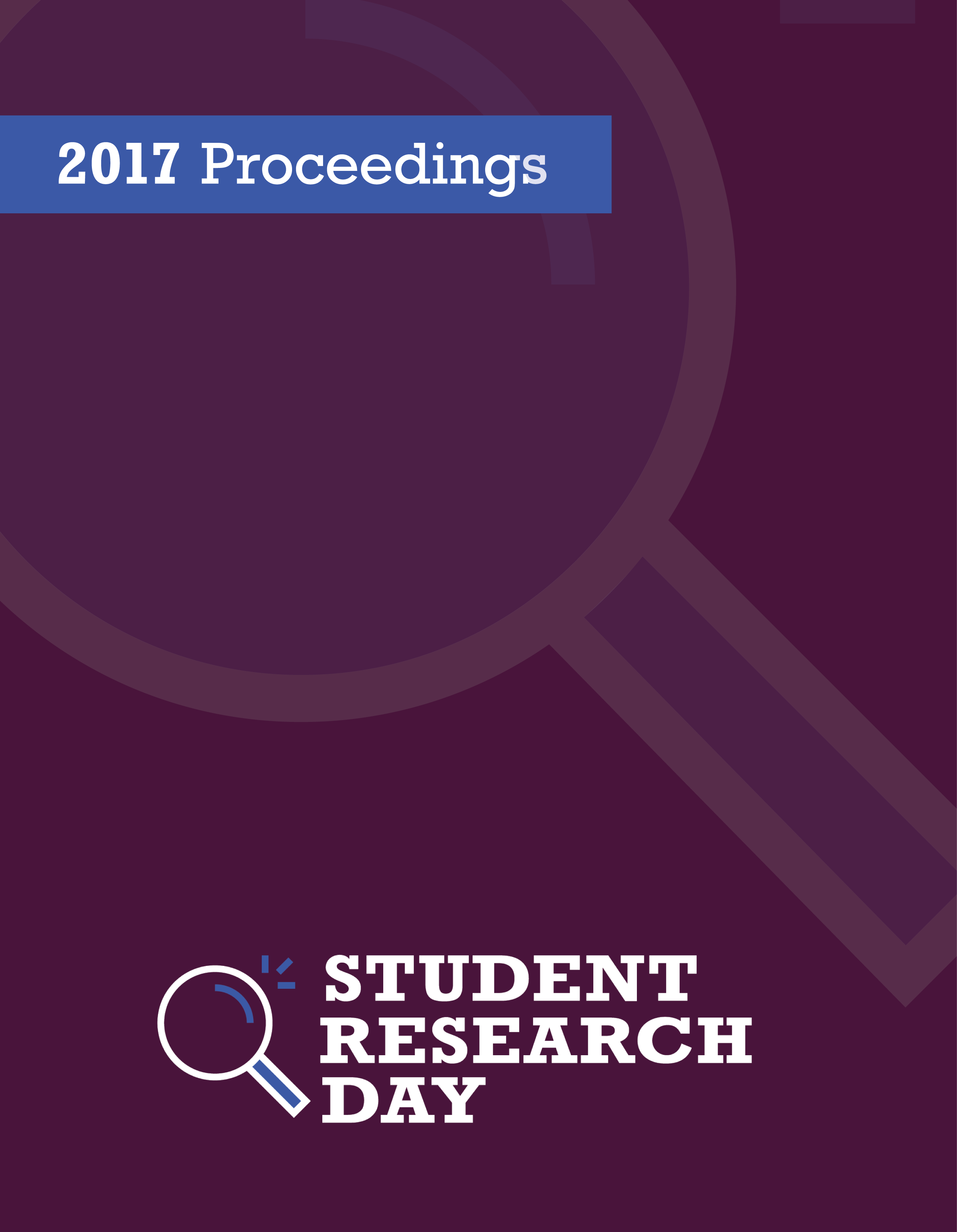The Relationship Between Health Anxiety and Thought-Action Fusion
Abstract
Individuals with health anxiety (HA) believe they have or may develop a serious illness, despite having no clear medical issues. HA has been found to be comorbid with obsessive-compulsive disorder (OCD) and generalized anxiety disorder (GAD). Underlying cognitive distortions associated with these disorders may help explain their overlap. One cognitive distortion that has previously been found in OCD and GAD is thought-action fusion (TAF). TAF consists of Likelihood-Self TAF, Likelihood-Other TAF, and Moral TAF. Likelihood TAF is the belief that thinking about an event will make it more likely to occur, either to yourself (Likelihood-Self) or to someone else (Likelihood-Other). Moral TAF is the belief that an immoral thought is equivalent to an immoral behaviour. The present study used self-report questionnaires to assess the relationships between HA, OCD, GAD, and TAF in a non-clinical university sample (N = 309). Bivariate correlations revealed that HA significantly correlated with Likelihood-Self TAF and Likelihood-Other TAF, ps < .001. Although HA did not significantly correlate with Moral TAF, p = .06, it was approaching significance. Additionally, bivariate correlations revealed that OCD and GAD symptoms also correlated with TAF, ps < .05. Using hierarchical regression analyses, Likelihood-Self TAF, p = .001, and Likelihood-Other TAF, p = .001, uniquely predicted HA when controlling for OCD and GAD symptoms. Moral TAF, ps > .28, was not a unique predictor of HA. These results indicate that both researchers and clinicians may wish to explore the role of Likelihood TAF in the development and maintenance of HA.
Discipline: Psychology Honours
Faculty Mentor: Dr. Alexander Penney
Published
Issue
Section
License
Authors retain any and all existing copyright to works contributed to these proceedings.



